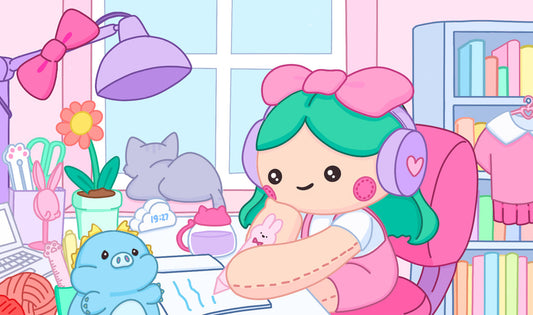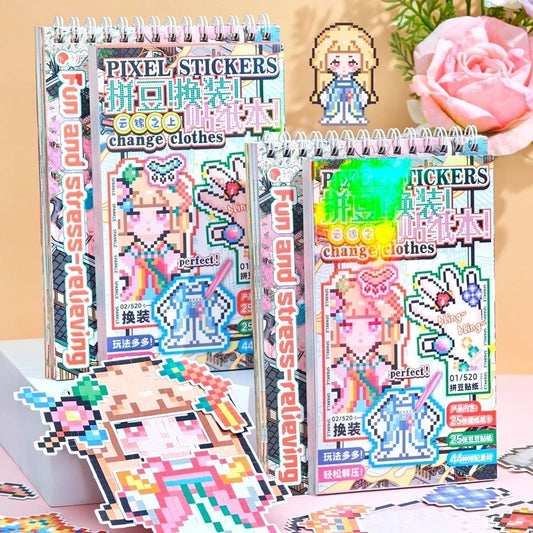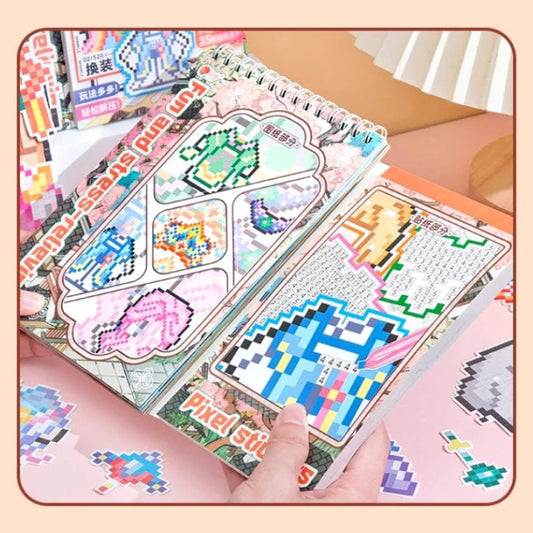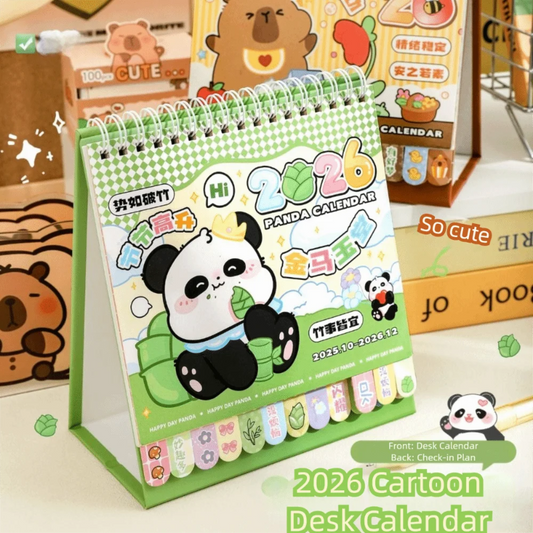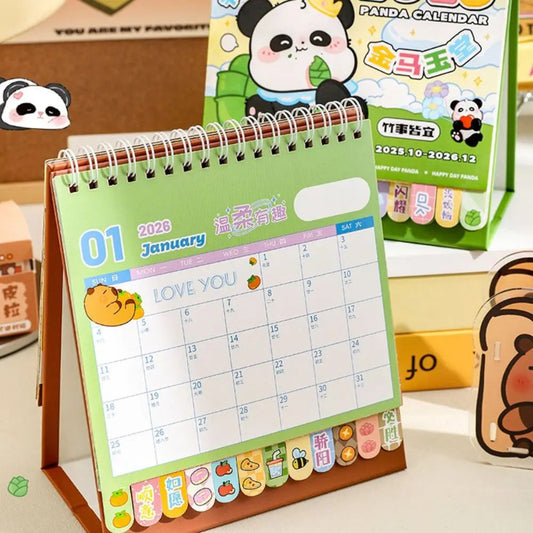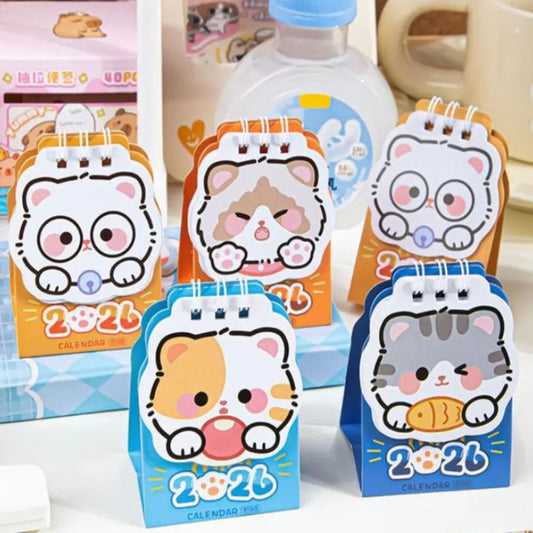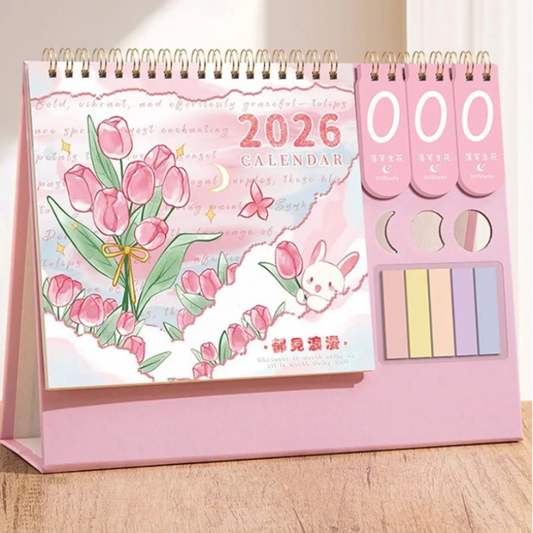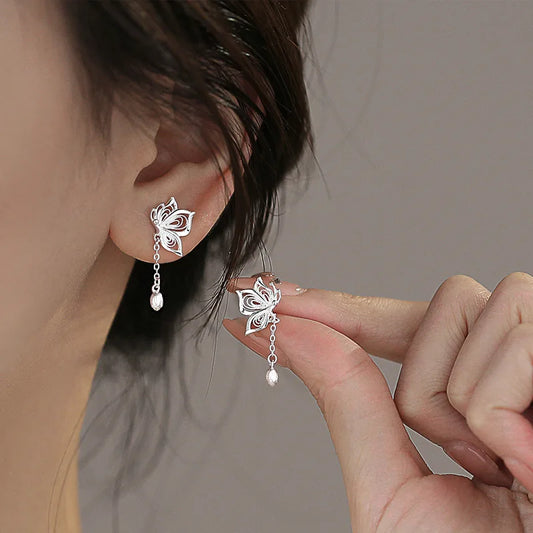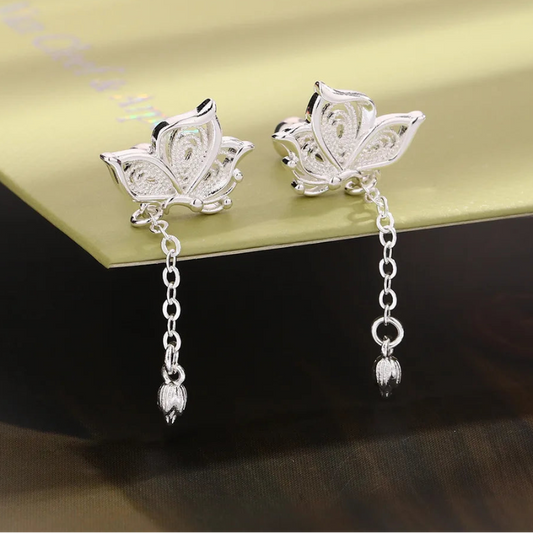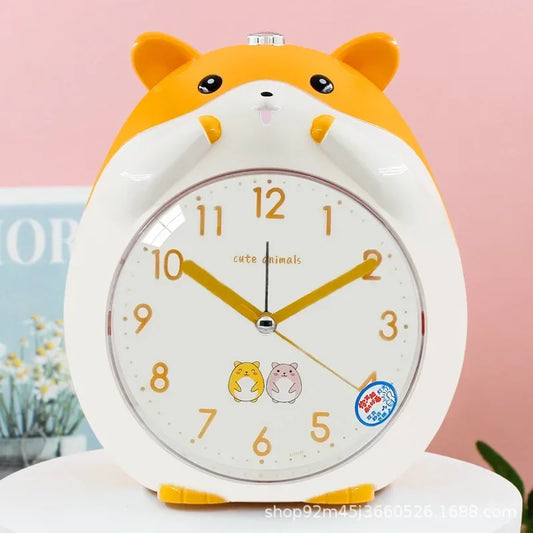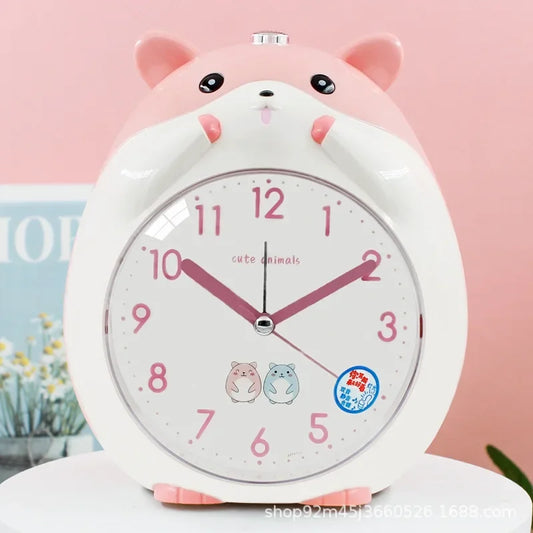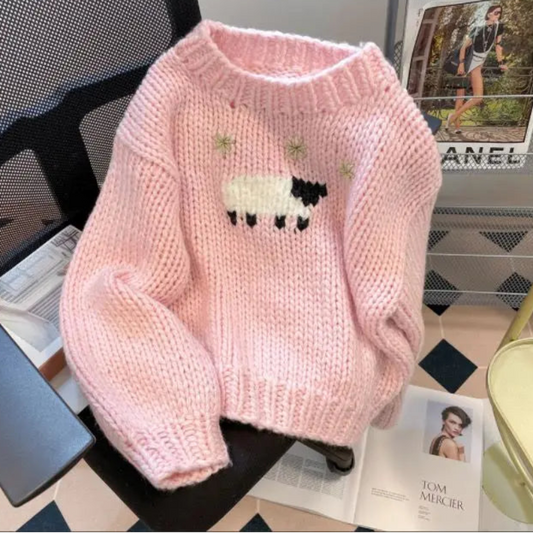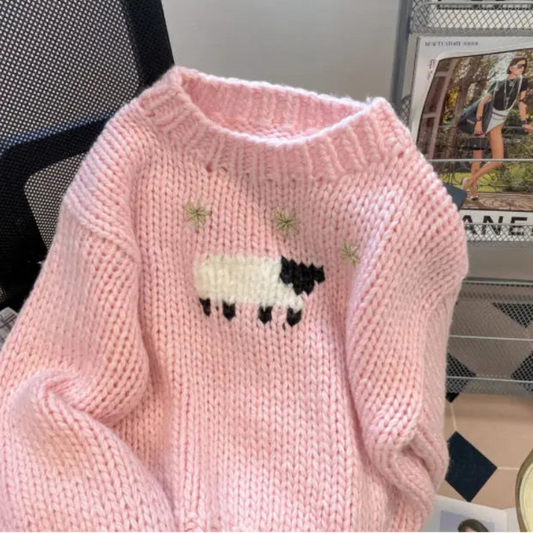Kawaii culture is a cultural phenomenon that has become synonymous with Japan. The term "kawaii" refers to something that is cute, adorable, and lovable, and the culture surrounding it is widespread in Japan. But where did this cultural movement come from, and how did it become such a dominant force in Japanese society?
The Roots of Kawaii Culture
The origins of kawaii culture can be traced back to the Edo period in Japan, which lasted from 1603 to 1868. During this time, many Japanese people were drawn to the concept of mono no aware, which can be translated as "the pathos of things." This concept emphasized the beauty and transience of life and led to a love of delicate and fleeting things, such as cherry blossoms, which are often seen as a symbol of mono no aware.
In the 1970s, the concept of kawaii began to emerge in Japan. It was initially associated with a new trend in fashion that emphasized cuteness and childlike innocence. However, the term kawaii quickly came to encompass more than just fashion. It became associated with a broader cultural movement that emphasized the cuteness and innocence of all things, from toys and characters to food and even technology.
The Rise of Kawaii Culture
The popularity of kawaii culture really took off in the 1980s, when the Japanese economy was booming, and young people had more disposable income than ever before. The popularity of kawaii culture was fueled by the rise of new media, such as manga and anime, which featured cute and lovable characters.
One of the most iconic examples of kawaii culture from this period was Hello Kitty, a character created by the Japanese company Sanrio in 1974. Hello Kitty was originally designed to adorn a coin purse, but she quickly became a cultural phenomenon. Today, the character can be found on everything from clothing to cars, and her cute and innocent appearance is a reflection of the broader kawaii culture.
The Impact of Kawaii Culture
Kawaii culture has had a profound impact on Japanese society. It has become a dominant force in the country's fashion industry, with many brands and designers creating clothing and accessories that emphasize cuteness and innocence. Kawaii culture has also influenced the design of technology, with many electronic devices, such as smartphones and laptops, featuring cute and playful designs.
Perhaps most importantly, kawaii culture has become a way of life for many Japanese people. The emphasis on cuteness and innocence has led to a society that values childlike wonder and playfulness, and the culture surrounding kawaii has become a way for people to express themselves and find joy in the everyday.
In Conclusion
The history of kawaii culture in Japan is a fascinating one. From its origins in the Edo period to its rise to cultural dominance in the 1980s, kawaii culture has become an important part of Japanese society. The emphasis on cuteness and innocence has led to a culture that values playfulness and childlike wonder, and this has had a profound impact on the way that Japanese people live their lives. Today, kawaii culture continues to thrive, and it remains one of the most unique and beloved aspects of Japanese culture.



